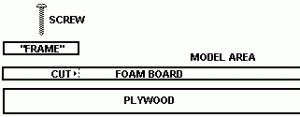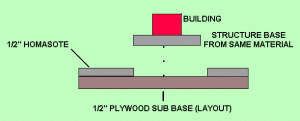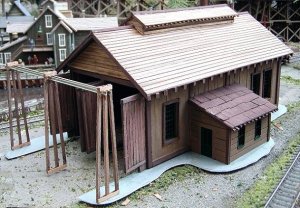I am getting ready to begin constructing a base for the HO Scale Walthers Northern Light & Power kit that I just finished building. I decided to build a base for it now because the layout will not be ready for it until after I complete a major rebuilding.
What material should I use?
Someone had suggested that I can use foam board (the type that would be used for a poster board display). I am concerned that it might warp when I glue the turf to it.
What material should I use?
Someone had suggested that I can use foam board (the type that would be used for a poster board display). I am concerned that it might warp when I glue the turf to it.






